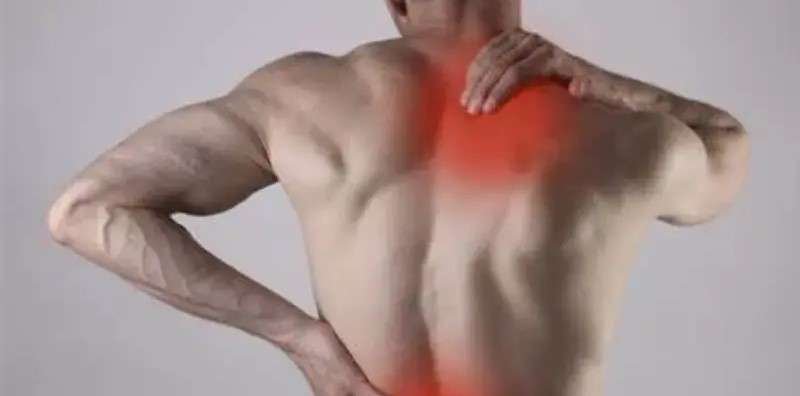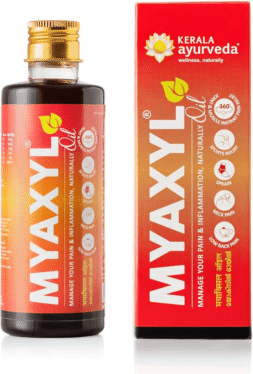
If you’re looking for an effective ayurvedic pain oil, this clear, Yoast-friendly guide lists the Top 5 oils you can trust. I explain who each oil suits, how to use it safely, and quick buying tips so you pick the right ayurvedic pain oil for backache, knee pain, sprains or muscle soreness. For personalised advice, get a consultation from Vedic Upchar: https://vedicupchar.com/doctor-consultation
The problem
Many people try multiple creams and gels but still suffer recurring pain. The main problem is using the wrong product for the wrong pain type. A good ayurvedic pain oil used with proper massage can reduce stiffness, calm inflammation and improve local circulation. The deeper problem is inconsistent technique and poor product choice. This post helps you solve that.
How to choose an ayurvedic pain oil — quick checklist
- Know the pain type: sharp/inflammatory vs dull/stiff.
- Warming or cooling: choose warming oils for stiff, Vata-type pain; cooling oils for hot, inflamed Pitta-like pain.
- Check ingredients: look for nirgundi, rasna, bala, turmeric, sesame oil base.
- Start small: buy a small bottle and patch-test.
- Follow instructions: warm oil slightly and massage toward the heart for 5–15 minutes.
Top 5 ayurvedic pain oil
1. Vedic Upchar — Paingesic Oil (Top pick for broad musculoskeletal relief)
Who it suits: people with back pain, knee pain, sprains and muscle soreness who want an Ayurvedic, multi-use liniment.
Why pick it: formulated as a clinical Ayurvedic liniment to warm the area, improve circulation and relax tight muscles.
How to use: warm a few drops, massage 8–12 minutes, use once or twice daily during flare-ups.
Starter tip: combine with a warm compress after massage for deeper effect.

2. Zandu — Ortho Vedic Oil (Best for chronic stiffness & arthritic pain)
Who it suits: those with long-standing joint stiffness or osteoarthritis-type pain.
Why pick it: traditional herb blends designed for deeper penetration and gradual improvement.
How to use: nightly massage for several weeks, then reduce frequency for maintenance.

3. Dr. Ortho — Pain Relieving Oil (Best for fast, cooling relief)
Who it suits: people needing quick soothing after activity or minor strains.
Why pick it: contains cooling herbs and essential oils that give quick relief from acute soreness.
How to use: apply after exercise or heavy activity; massage briefly until absorbed.

4. Kerala Ayurveda — Myaxyl Oil (Best for sports injuries & muscle cramps)
Who it suits: athletes and active people with cramps, strains or delayed-onset muscle soreness.
Why pick it: draws on Kerala’s classical formulations for muscle relaxation and recovery.
How to use: apply after a warm-up or as part of post-exercise care; follow with light stretching.

5. Baidyanath — Mahanarayan / Maha Vishgarbha-type Oils (Best for deep, therapeutic massage)
Who it suits: people seeking potent medicated oils for chronic pain, sciatica or post-injury rehab.
Why pick it: heavy, medicated tailas used in therapeutic Ayurvedic massage (therapist or home use).
How to use: warm slightly, massage thoroughly and allow 30–60 minutes before showering. Use under guidance for long courses.

Warming vs Cooling oils — which to pick?
- Warming oils (with ginger, long pepper, black pepper) help stiff, cold, Vata-related pain.
- Cooling oils (with mint, camphor, wintergreen) suit inflamed, hot, acute pain.
- If unsure, choose a balanced, well-reviewed ayurvedic pain oil or consult a practitioner.
Safe use & precautions
- Patch-test on inner forearm before full use.
- Do not apply on broken skin or open wounds.
- Avoid in pregnancy unless cleared by a clinician.
- Stop if rash, severe burning or blistering occurs.
- If you are on blood-thinners, have diabetes or skin conditions — consult your doctor before regular topical herbal use.
When to get a consultation
If pain is severe, sudden, accompanied by fever, numbness, weakness or loss of function — seek urgent medical care. For a personalised Ayurvedic plan (which ayurvedic pain oil suits your dosha, massage technique, and whether internal herbs or Panchakarma are needed), get a consultation from Vedic Upchar:
👉 https://vedicupchar.com/doctor-consultation
A practitioner will design a safe, effective plan and advise on duration and follow-up.
Quick at-home routine (5 minutes)
- Warm 8–10 ml of oil in a bowl with hot water (do not overheat).
- Massage the painful area toward the heart for 5–12 minutes.
- Apply a warm compress for 10–15 minutes.
- Rest and avoid strenuous activity for 24–48 hours if injured.